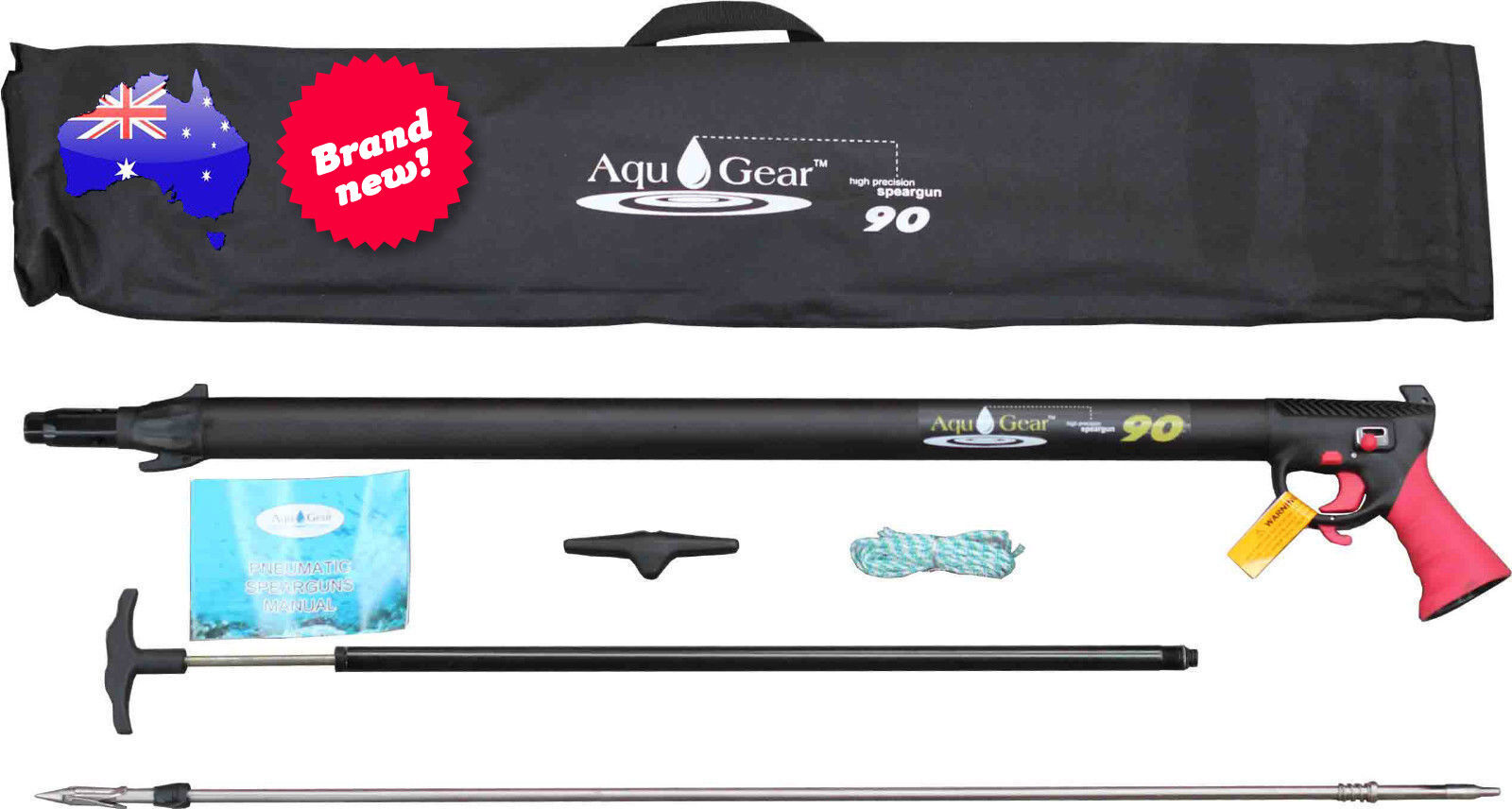Hello Pete,
Sorry to be slow on this but I have read the thread many time over the years and still have to grasp it fully. It might come some day.
Not to be lazy, because I have really tried to figure it out myself, but could I possibly ask a few questions from a lowly position in a more practical manner?
Thing is, I may have a go at making a custom, cuttlefish-shaped outer tank but I would also like a tad more buoyancy. I could still get there by making some of the volume of the new custom tank "blocked off" from the reservoir - so that it would still count towards the total volume/buoyancy of the gun but the resoir volume would stay closer to the original.
But say I keep all of the new and larger volume acting as a reservoir what would happen in very practical terms in the way the gun was acting?
Eg. I add 20% volume to my gun.
I reckon, since the CR decreases, I will have an easier time loading if I maintain the same pressure as with the original tank, right? But the decrease in loading effort would also mean a decrease in force exerted onto the piston as I shot it, I guess? So, I would end up with a weaker shot?
To get to the same power in my shot in the enlarged tank as in the original one, I guess I would then have to up the pressure?
What would the co-relation between the increase in volume and the increase in pressure be if I was looking to maintain the same level of power? It's not as simple as adding 20% more pressure since it was a 20% increase in volume, right?
Again, sorry for being thick, but if you could possibly help me out by explaining it in very practical terms, I'd be grateful!
Sorry to be slow on this but I have read the thread many time over the years and still have to grasp it fully. It might come some day.
Not to be lazy, because I have really tried to figure it out myself, but could I possibly ask a few questions from a lowly position in a more practical manner?
Thing is, I may have a go at making a custom, cuttlefish-shaped outer tank but I would also like a tad more buoyancy. I could still get there by making some of the volume of the new custom tank "blocked off" from the reservoir - so that it would still count towards the total volume/buoyancy of the gun but the resoir volume would stay closer to the original.
But say I keep all of the new and larger volume acting as a reservoir what would happen in very practical terms in the way the gun was acting?
Eg. I add 20% volume to my gun.
I reckon, since the CR decreases, I will have an easier time loading if I maintain the same pressure as with the original tank, right? But the decrease in loading effort would also mean a decrease in force exerted onto the piston as I shot it, I guess? So, I would end up with a weaker shot?
To get to the same power in my shot in the enlarged tank as in the original one, I guess I would then have to up the pressure?
What would the co-relation between the increase in volume and the increase in pressure be if I was looking to maintain the same level of power? It's not as simple as adding 20% more pressure since it was a 20% increase in volume, right?
Again, sorry for being thick, but if you could possibly help me out by explaining it in very practical terms, I'd be grateful!




